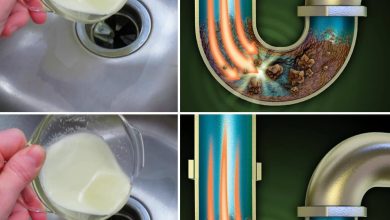Traffic light sensors are critical devices that contribute to the smooth flow of traffic and enhance road safety. These sensors are engineered to detect the presence of vehicles at intersections, thus determining the timing of light changes. However, drivers often find themselves waiting longer than expected at a red light, causing frustration and delay. Understanding how these sensors work and what you can do to prompt a change can improve your driving experience.
Common Types of Traffic Light Sensors
There are several types of sensors used in modern traffic light systems. Inductive loop sensors are the most common, embedded in the pavement and detecting vehicles through changes in inductance as metal moves over them. Video cameras mounted on traffic lights can also act as sensors by using algorithms to interpret visual signals and detect the presence of vehicles. Lastly, microwave and infrared sensors can sense the presence and speed of approaching vehicles, ensuring efficient traffic flow.

Why Traffic Light Sensors May Not Respond
Traffic light sensors might not respond for several reasons. Equipment malfunction is a common cause, where wear and tear or weather conditions have damaged the sensor. In other cases, the vehicle might not be properly positioned over the sensors, or the vehicle may not have enough metal content to trigger the sensor effectively, which is often the case with bicycles and motorcycles. Additionally, outdated or improperly calibrated systems may fail to recognize waiting vehicles.
Assessing and Adjusting Your Position at the Intersection
To increase the likelihood of triggering the sensor, ensure that your vehicle is positioned directly above the sensor lines, which are often visible as cuts in the pavement. If you are on a motorcycle or bicycle, position yourself where the largest mass of metal (usually the engine or frame) is above the most sensitive part of the sensor. Vehicles with less metal or electric vehicles might require more precise positioning.
Using Flashing Lights to Alert the Sensor
In some cases, especially with camera-based systems, flashing your vehicle’s headlights can alert the sensor. The change in light intensity can be picked up by video systems designed to sense alterations in light. However, this tactic requires caution, as rapidly flashing your lights can confuse other drivers or be misinterpreted as aggressive driving behavior.
Alternative Methods to Trigger the Sensor
Beyond proper positioning and flashing lights, other methods can be useful. For vehicles that consistently fail to trigger sensors, installing a small magnet on the underside of the vehicle might help induce an inductive signal. Another approach is to wait for another vehicle to arrive, increasing the metal mass over the sensor which might trigger a response. It’s essential to stay within the legal bounds and not use any unauthorized equipment on public roads.
Legal and Safety Considerations
Understanding legal constraints is crucial when attempting to activate traffic light sensors. Actions such as excessively revving your engine, flashing high beams continuously, or leaving your assigned lane can be perceived as unsafe or illegal. Using any unofficial devices to manipulate sensors might also violate local traffic laws. It’s important to prioritize safety over convenience.
When to Consider Reporting Malfunctioning Sensors
If you find yourself repeatedly stuck at the same intersection with an unresponsive sensor, consider reporting it to the local traffic management authorities. Properly functioning traffic lights are vital for the safety and efficiency of roadways. Most municipalities have reporting systems in place, whether online or via a hotline, to handle such issues and ensure timely repairs.

Conclusion: Staying Patient and Safe at Intersections
Although waiting at a red light can be frustrating, maintaining patience and employing safe methods to activate sensors is essential. Understanding how these systems operate allows you to mitigate potential delays while promoting safe driving conditions. An informed approach, combined with community engagement to address malfunctioning sensors, ensures a smoother and more efficient traffic experience for all.





